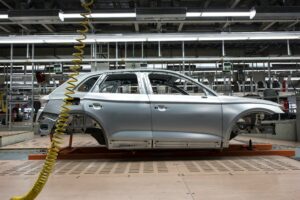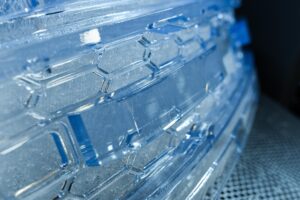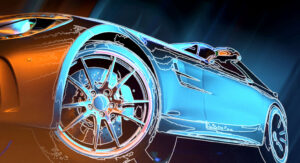The Transformative Capabilities of 3D Printing in Automotive Manufacturing
By using 3D printing in the automotive world, engineers can be more confident going into production and avoid any errors that may have occurred.
For resilient prototypes and parts made from high-performance engineering thermoplastics, Stratasys has Fused Deposition Modeling (FDM) Technology. For beautiful models requiring rubberlike or clear materials with a smooth finish right out of the 3D printer, we offer PolyJet technology.
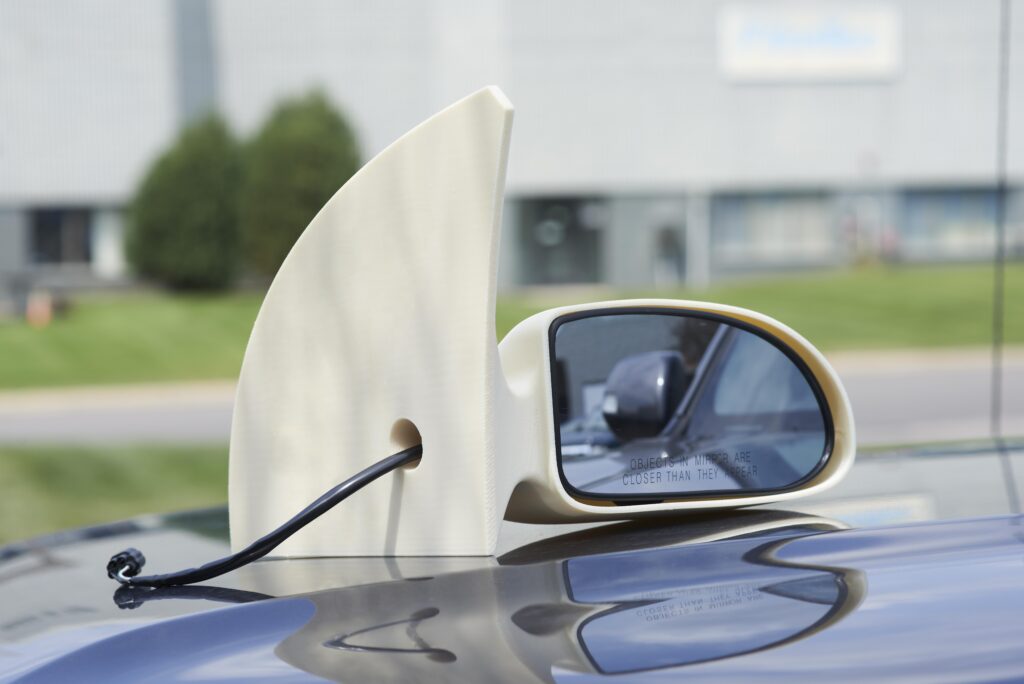
3D Printing in Automotive Industry Case Studies
3D printing in the automotive industry has become a game-changer in the manufacturing process, and the automotive sector is no exception. The capabilities of industrial 3D printers are transforming the automotive industry by enabling faster prototyping, reducing production costs, and enhancing vehicle performance.
Capabilities and Advantages of Industrial 3D Printing in the Automotive Industry
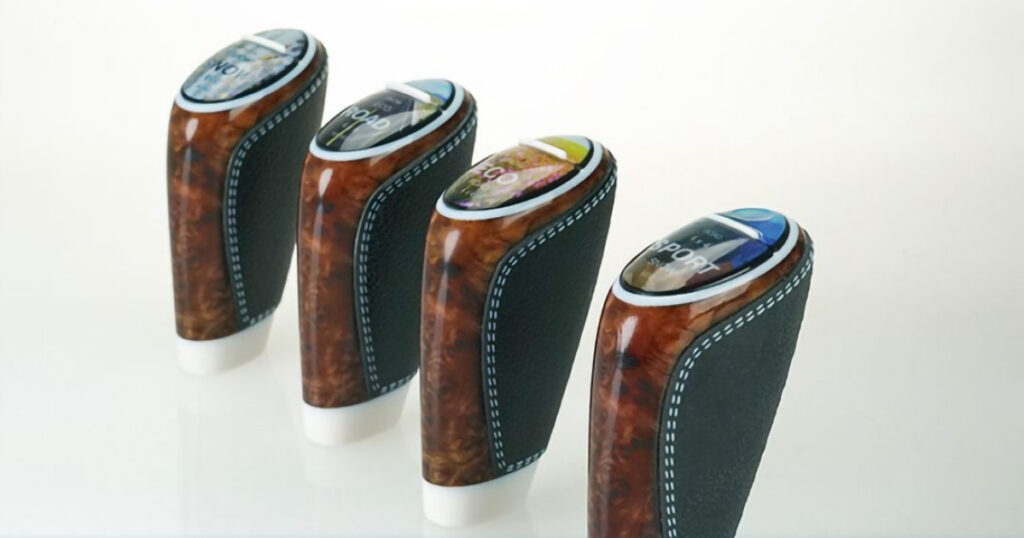
Rapid Prototyping and Design Iterations
With industrial 3D printing, automotive manufacturers can create prototypes of various components and vehicle designs with unparalleled speed. This capability allows for rapid design iterations, enabling engineers to fine-tune their designs and bring new vehicles to the market more swiftly than ever before.
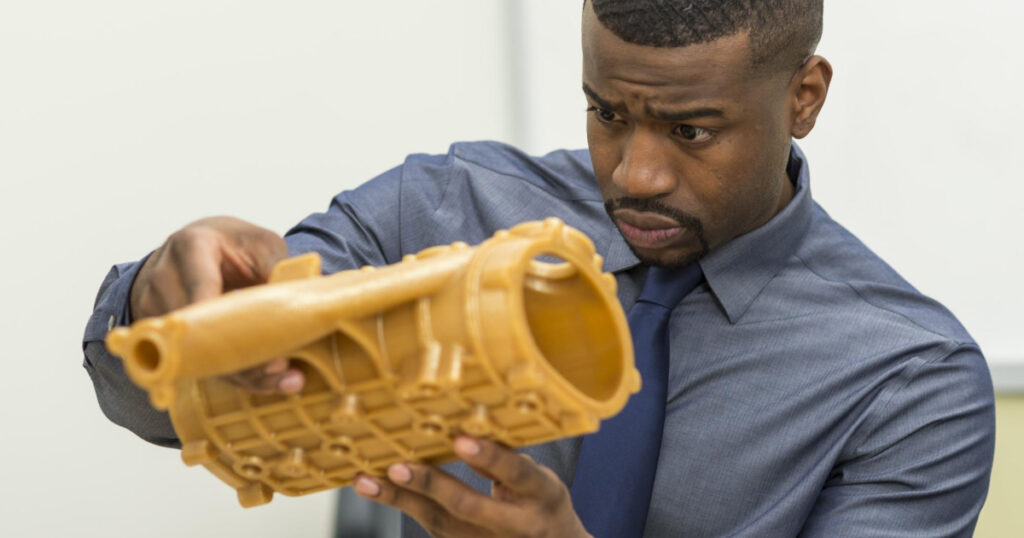
Complex Geometries and Lightweight Structures
One of the key strengths of automotive 3D printing is its ability to fabricate intricate geometries that traditional manufacturing processes cannot replicate. This advantage is particularly significant in the automotive industry, where lightweight structures are crucial for improving fuel efficiency and overall vehicle performance.
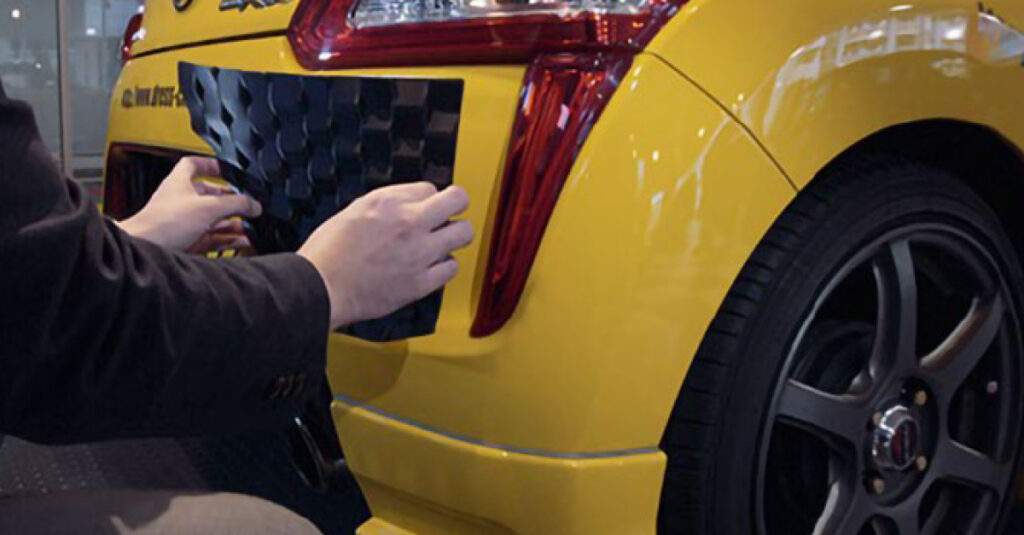
Customization and Personalization
Industrial 3D printing empowers automakers to offer customizable vehicles tailored to individual customer preferences. From personalized dashboard designs to unique exterior features, automotive 3D printing enables a level of customization that was previously unimaginable in mass production.
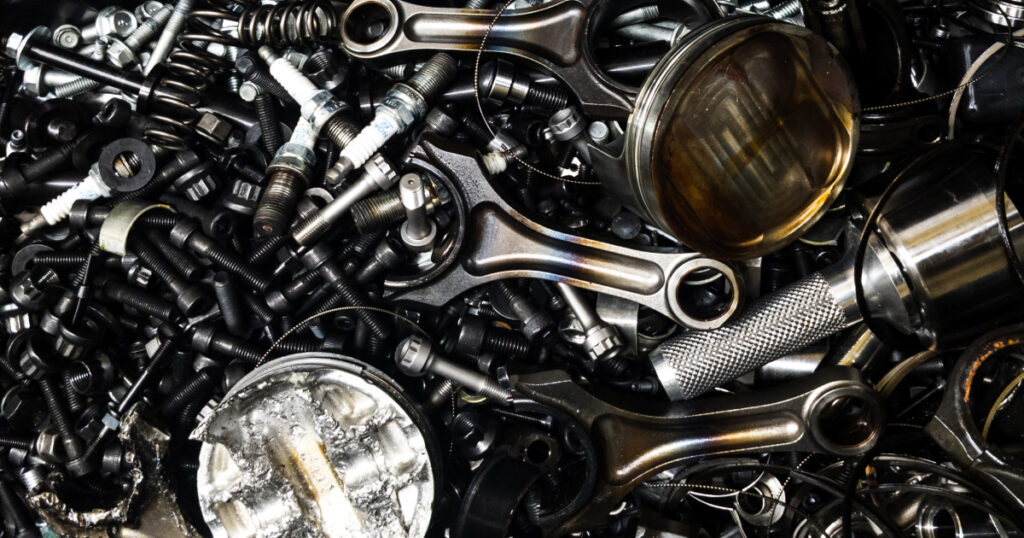
Reduced Material Waste and Sustainability
Traditional manufacturing processes often lead to significant material wastage. In contrast, 3D printing for the automotive industry builds components layer by layer, minimizing material waste and promoting sustainability in automotive manufacturing.
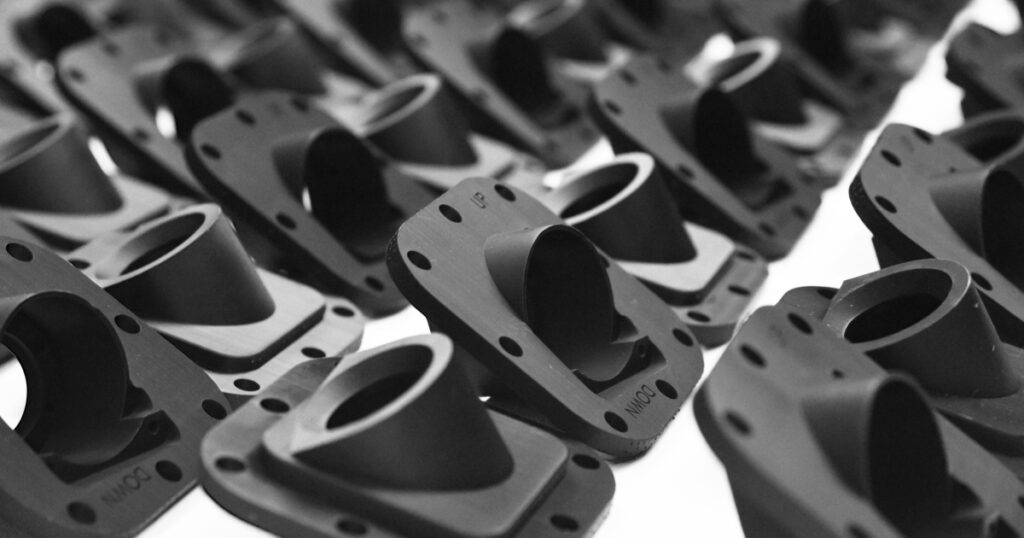
Faster Replacement Parts Production
Industrial 3D printing for automotive parts facilitates on-demand production of replacement parts, reducing the need for large warehouses to store a vast inventory of components. 3D printed car parts not only reduces costs but also ensures that essential parts are readily available when needed, minimizing vehicle downtime.
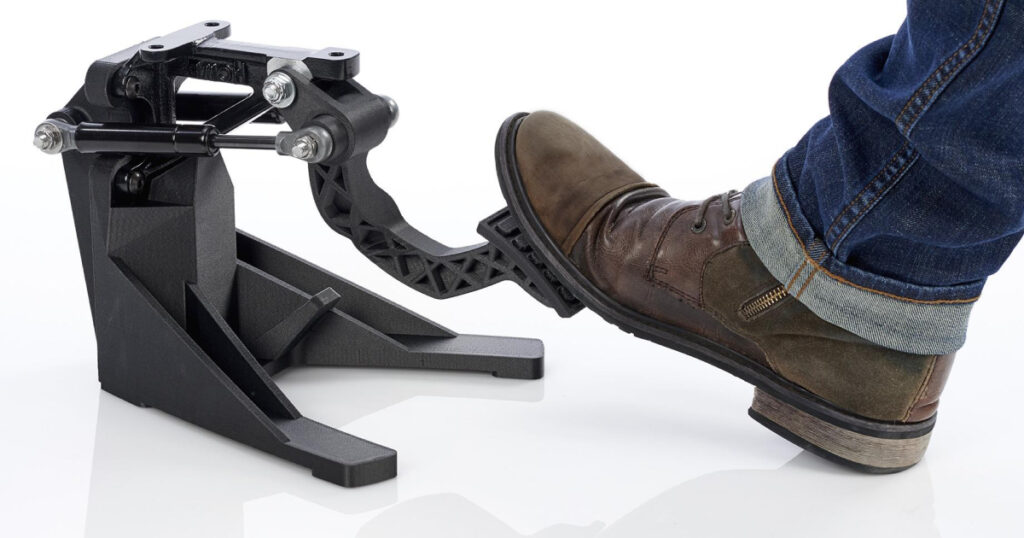
Improved Performance with High-Quality 3D Prints
Advancements in 3D printing materials, such as carbon fiber 3D prints and other durable 3D printed parts, have unlocked new possibilities for lightweight and high-strength automotive components. These materials enhance vehicle performance and safety.
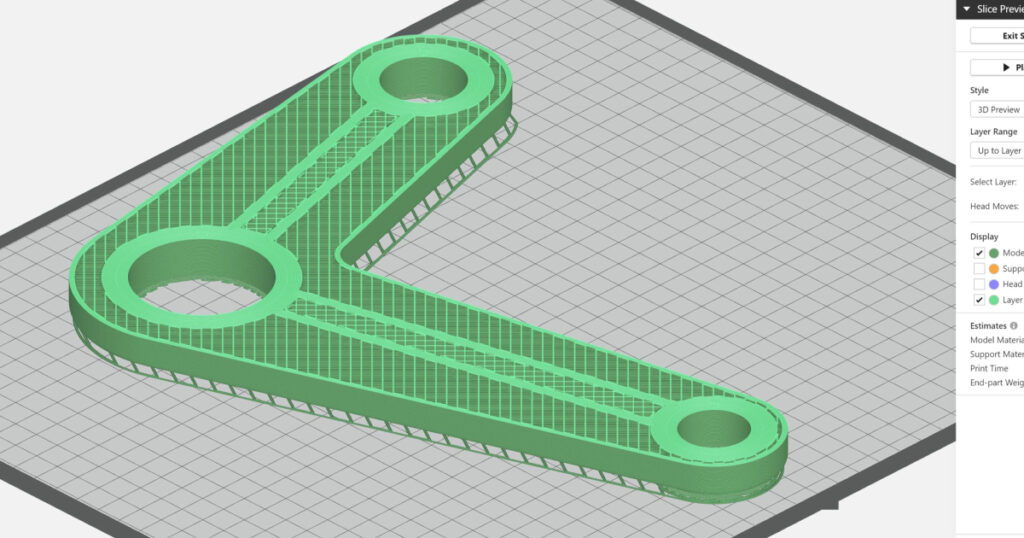
Digital Inventory Management
3D printing allows for the creation of digital inventories, where designs are stored electronically and can be readily accessed and printed on demand using efficient 3D printers. This digital approach saves physical storage space and simplifies inventory management.
Best Fit 3D Printing Technologies for Automotive Industry
Product Development

Production Support

Production Ramp Up

Related Posts
Industrial 3D printers excel in large-scale, high-precision applications for industries like aerospace and automotive. They offer advanced technologies and automation features. In contrast, commercial 3D printers are more affordable and suited for small-scale projects, prototyping, and consumer goods production.
3D printing offers advantages in automotive manufacturing, such as rapid prototyping and complex part creation. However, it is unlikely to fully replace traditional methods like injection molding and stamping, which are more suitable for mass production and cost-efficiency. A hybrid approach that combines both technologies is more probable.
Adopting 3D printing in the automotive industry faces challenges like high costs, slower speed, material limitations, and ensuring consistent quality. Scaling for mass production and addressing intellectual property concerns also pose obstacles. Nonetheless, ongoing research aims to overcome these challenges, making 3D printing increasingly valuable for prototyping, customization, and niche applications.

